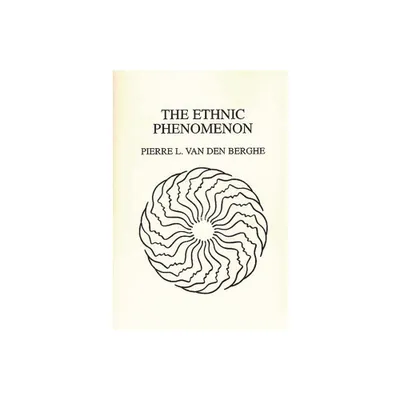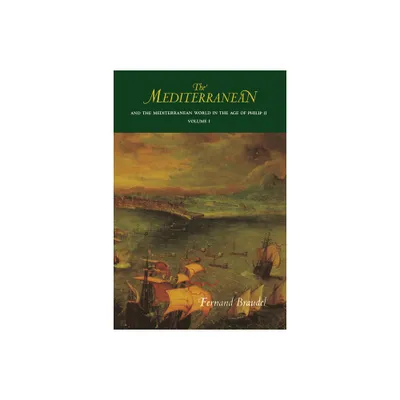Home
Ethnicity in Mediterranean Protohistory
Loading Inventory...
Barnes and Noble
Ethnicity in Mediterranean Protohistory
Current price: $175.00


Barnes and Noble
Ethnicity in Mediterranean Protohistory
Current price: $175.00
Loading Inventory...
Size: OS
*Product Information may vary - to confirm product availability, pricing, and additional information please contact Barnes and Noble
This book on ethnicity in Mediterranean protohistory may well be regarded as the main and final result of the project on the ethnicity of the Sea Peoples as set up by Wim van Binsbergen as academic supervisor and worked out by Fred Woudhuizen who, in the process, earned himself a PhD from the Erasmus University Rotterdam (2006). The book is divided into four parts: I) Ethnicity in Mediterranean proto-history: explorations in theory and method: With extensive discussions of the Homeric catalogue of ships, the Biblical Table of Nations, and the Sea Peoples of the Late Bronze Age, against the background of a long-range comparative framework; II) The ethnicity of the Sea Peoples: an historical, archaeological and linguistic study; III) The ethnicity of the Sea Peoples: A second opinion; IV) The ethnicity of the Sea Peoples: Towards a synthesis, and in anticipation of criticism. It will soon be clear to the reader that the two authors differ considerably in their view on the matter, largely as a result of their different background and disciplinary allegiance. Thus Wim van Binsbergen (Parts I and III) - apart from providing an elaborate theoretical framework - , as a historicising anthropologist focuses on long-term processes and cultural features, whereas Fred Woudhuizen (Part II), as a historian by origin, is more occupied with the reconstruction (however difficult, in the protohistorical context) of the petty historical incidents. But however much the two authors may differ in detail and in overall disciplinary orientation, in the end they offer the reader a balanced synthesis, co-authored by both of them (Part IV), in which their respective views turn out to be complementary rather than diametrically opposed, and in which also a further methodological and linguistic vindication is offered for the more controversial points contained in the present book.


















